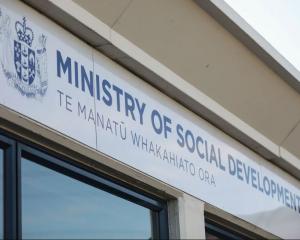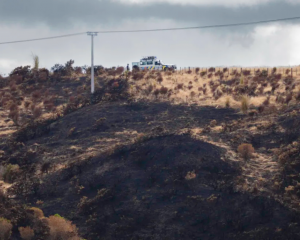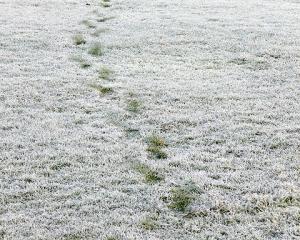Efforts to reduce workplace accident and death rates will be in vain until employers stop using complex language in their health and safety documents, a new study shows.
More than 100 people are killed in work-related accidents each year and the cost of workplace injuries and diseases to New Zealand was estimated in 2010 to be about $3.5 billion a year.
The Government recently announced it would be establishing a stand-alone Crown Agent called WorkSafe New Zealand to help address the problem.
A new study has found most employees are struggling to understand their workplace's health and safety paperwork.
Workbase, an adult literacy organisation, spoke to 466 employees in 23 manufacturing, warehousing, hospitality and other work places.
Employees were shown a sample of their company's core health and safety documents and assessed as to how much of the content they could understand.
The majority - 65 per cent overall and 70 per cent in manufacturing sector - did not fully understand their employers' policies and rules, hazard information, and safety procedures.
Eighty per cent of employees could not accurately complete a hazard report form, according to the study findings.
Health and safety documents were consistently complex and used indirect and specialist language which many employees were unfamiliar with, researchers said.
The presence of jargon caused even greater difficulties for employees with English as a second language.
Katherine Percy, head of Workbase, said the findings had serious implications for workplace safety.
"The study suggests that employers could be doing more to ensure that employees understand the specific health and safety processes and policies that they are expected to follow," Percy said.
"It is difficult - if not impossible - to engage employees in health and safety if they can't understand the information they are being given."
Workbase found many companies had modelled their health and safety documents on the formal language used in official government documents.
The study found nearly 20 per cent of supervisors also struggled with health and safety paperwork, making it hard for them to communicate the information to employees.
Percy said Workbase's study backed up findings by the Ministry of Business Innovation and Employment's recent Independent Taskforce Report on Workplace Health and Safety, which identified low literacy and poor communication skills as being a problem.
To reduce New Zealand's workplace accident and death rates, a higher priority must be placed on making documentation easier for employees to understand, Percy said.
"More resource also needs to be put into developing training that develops employees' health and safety-related vocabulary, literacy, knowledge and skills."
WorkSafe New Zealand, which is expected to be in place by December this year, was a key recommendation of both the Royal Commission on the Pike River Coal Mine Tragedy and the Independent Taskforce on Workplace Health and Safety.
The body will work closely with employers and employees to improve workplace health and safety practice and enforce regulations.
- By Ben Chapman-Smith of nzherald.co.nz












